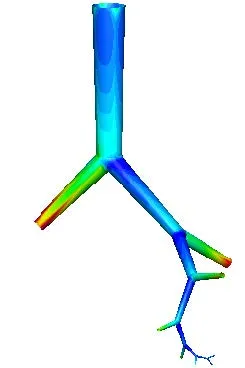
Massive neutrophil infiltration into the airways is a hallmark of the chronic inflammatory response in cystic fibrosis (CF) and occurs even in the…
PI
Wilbur Lam & Susan Thomas
Publications
Edwards, E., Thomas, S.N., “P-Selectin and ICAM-1 Synergy in Mediating THP-1 Monocyte Adhesion in Hemodynamic Flow is Length Dependent”, Integrative Biology, Volume 9, Issue 4, April 2017, Pages 313–327, https://doi.org/10.1039/c7ib00020k
Research Area

